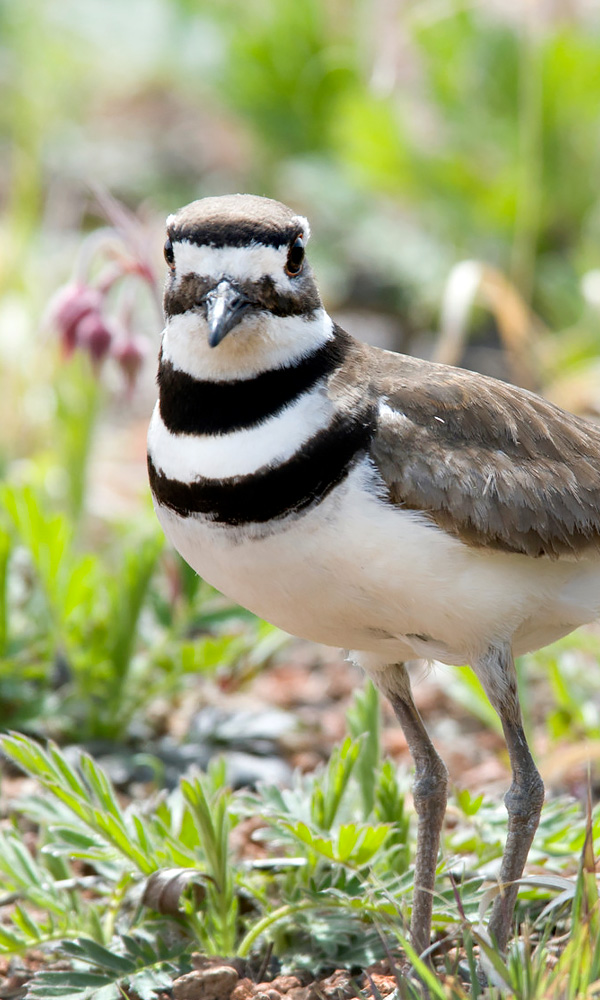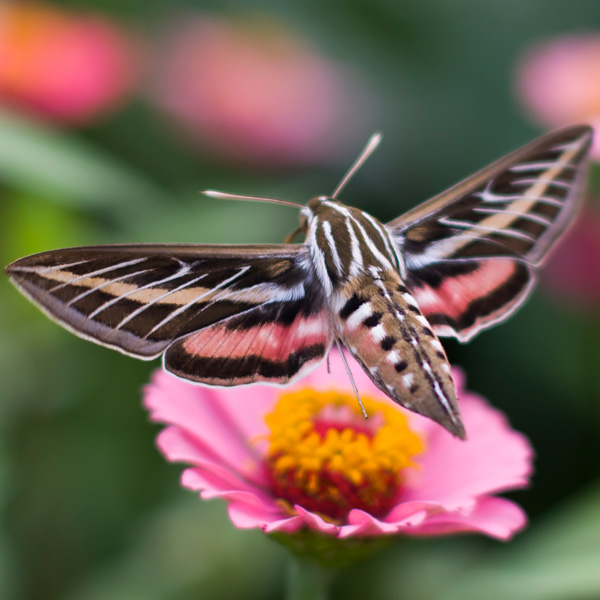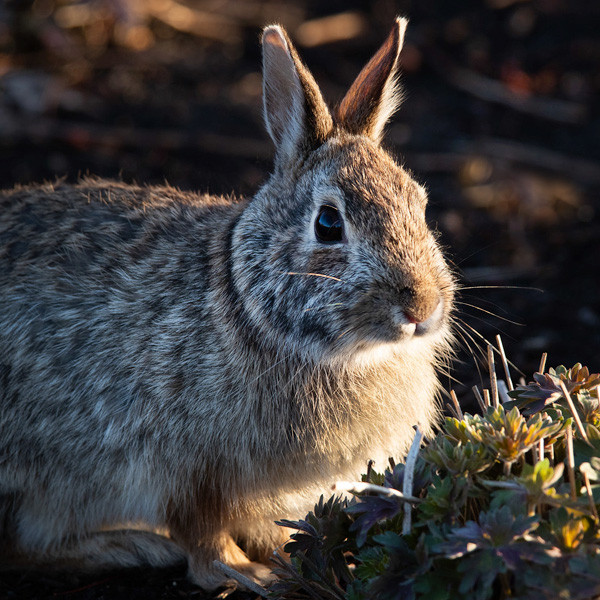

Wildlife
Garden Stories
Plants and wildlife thrive together
When you walk along the natural areas of the Chicago Botanic Garden, you’ll notice hundreds of species of plants. But if you take a closer look, you’ll notice signs of wildlife all around you, too. Their connection makes for the best kind of codependency.
 Killdeer, a shorebird that commonly nests at the Garden.
Killdeer, a shorebird that commonly nests at the Garden.Plants and wildlife are dependent on each other, and the bond between them creates a healthy ecosystem. Plants provide food for various wildlife and, at the Garden, you can find examples of this everywhere. The milkweed in the Dixon Prairie is a favorite meal of the monarch butterfly. In the Bernice E. Lavin Plant Evaluation Garden, goldfinches feed on Agastache and other perennial seeds. Crabapple and dogwood trees set fruit that many birds like to feed on in late fall and winter.
In addition to plants providing food to all kinds of wildlife like birds, insects, and mammals, having a set of diverse plants is crucial to helping create diverse wildlife for a flourishing ecosystem. Managing our natural areas so they support diverse native plants is a priority of the Garden’s ecologists, who appreciate this important connection between plants and wildlife.
“Without plants, we won’t have wildlife, and more specifically, without diverse plants, we won’t have diverse native wildlife,” said Andrea Kramer, Ph.D., director of restoration ecology at the Garden.
 Hawkmoth (Sphingidae), a beneficial native pollinator.
Hawkmoth (Sphingidae), a beneficial native pollinator.McDonald Woods is a prime example of this effort. According to Dr. Kramer, before it was restored 30 years ago, McDonalds Woods was largely filled with two non-native species of plants, buckthorn and garlic mustard. Most wildlife don’t eat any part of those plant species. Since then, Jim Steffen, a senior ecologist at the Garden, has restored more than 350 native plant species, bringing all kinds of wildlife to the area. That includes more than 600 moth species who are also a key food source for more than 100 types of native birds.
Different kinds of plants can also create the perfect habitats for wildlife. At the Garden, you’ll find a number of species of birds that like the Garden for its varied habitats. In late summer, try spotting a great blue heron wading in the water near the lakesides. Red-winged blackbirds can be spotted there too. Since their babies have left the nest, they’re less aggressive. Another feathered friend of the Garden is the purple martin. Find them swooping in and out of their aluminum birdhouses on poles along the Garden perimeter.
Phillip Douglas, director of plant collections at the Garden, has recently been paying close attention to wildlife at the Garden. “During the COVID-19 shutdown, I saw a great increase in animal activities with the absence of people on the grounds,” said Douglas.
With less crowds, more bald eagles could be seen flying over the Skokie River and catching prey near the Skokie Lagoons, Douglas explained. The river makes for an important habitat and food source for bald eagles that can be spotted taking fish off the surface of the lake or attempting to catch muskrats as they swim across the river.

Not all wildlife are beneficial to the display gardens, and our staff is careful to strike a neat balance between maintaining the health of the plants and allowing a healthy habitat for wildlife to thrive. Deer love to browse flowers, especially tulips, which is why we installed a tall fence around the perimeter to protect the Garden’s flower beds.
“We also have rabbits, and they’re also herbivores. We often find them eating the produce in the Regenstein Fruit & Vegetable Garden so we trap and transfer them,” explained Fred Spicer, executive vice president and director of the Garden.
Sometimes, nature lends a helping hand to protect the plants, too. Foxes and coyotes that visit the Garden on occasion chase away geese and voles, small rodents that damage the bark of trees and leaves of plants.

